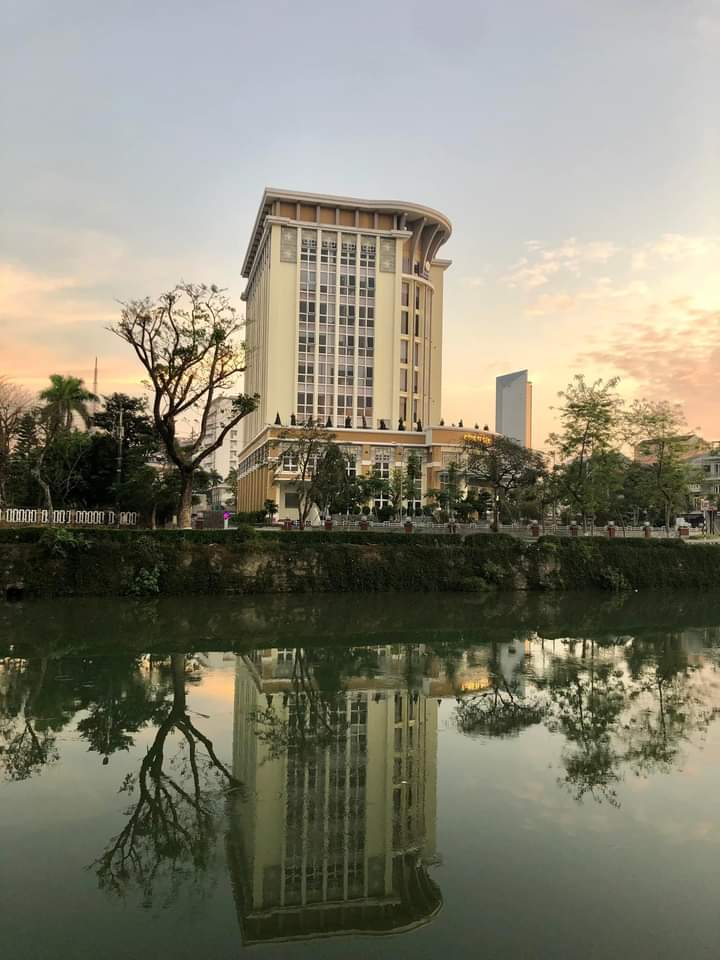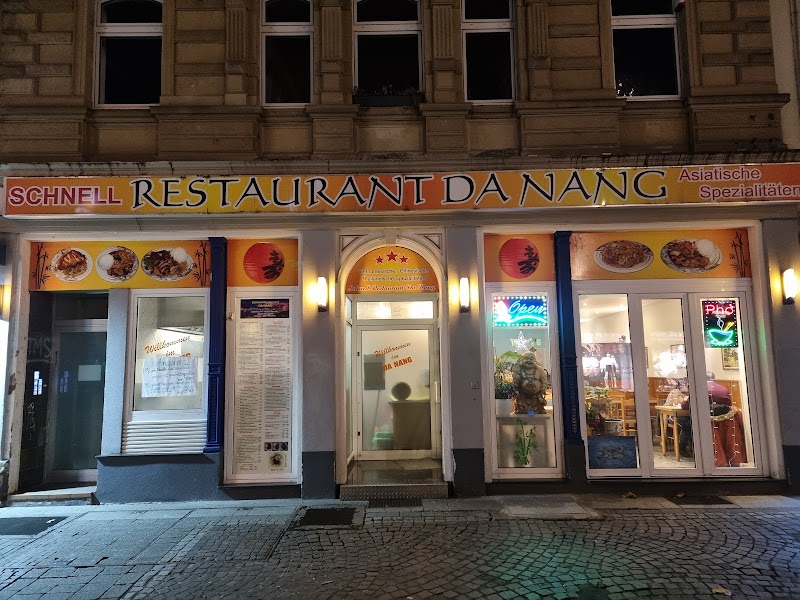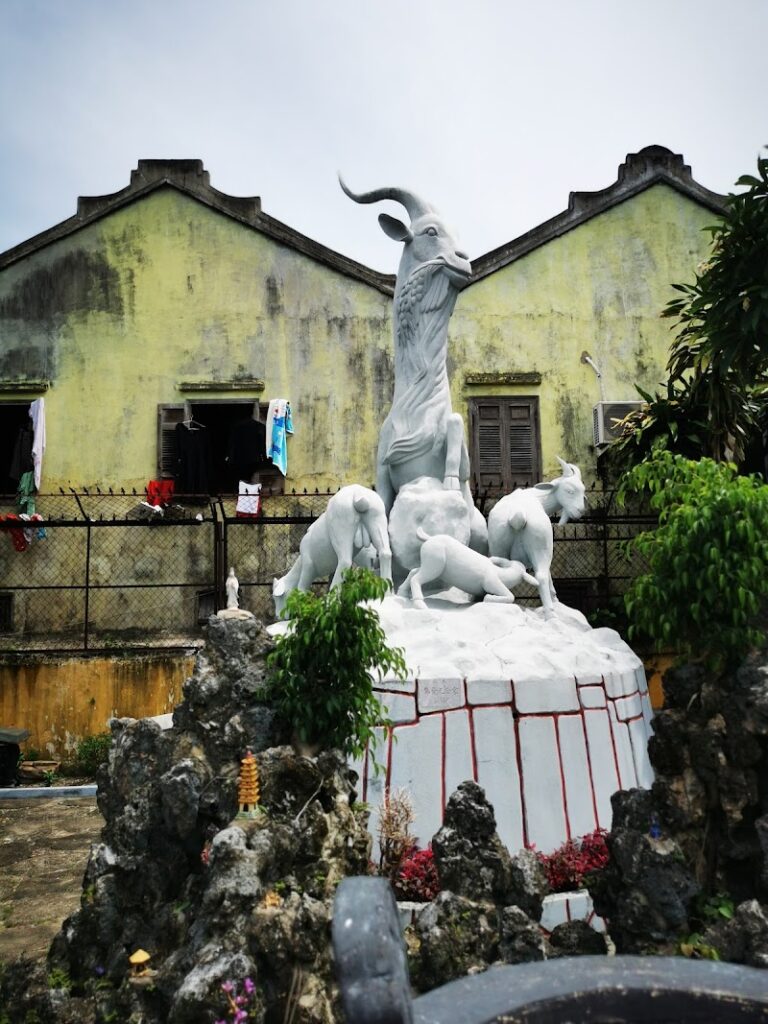Discover Central Vietnam: A Land of Vibrant Cultures and Breathtaking Landscapes
Did you know that Central Vietnam boasts three UNESCO World Heritage Sites within a relatively compact area? Home to the charismatic city of Hoi An, the majestic Imperial Citadel of Hue, and the enchanting My Son Sanctuary, this region is a thrilling orchestra of history, culture, and natural beauty. Every corner carries a story, every street echoes with a melody of the past, and every landscape is a canvas painted with the most vibrant hues of nature.
Mapping your journey through Central Vietnam is an adventure in itself. With our interactive tourist map, you become the author of your own travel story. It's not just about connecting dots on a map—it's about weaving together a series of unforgettable experiences that will culminate in a journey that is uniquely yours.
Booking.comUnveiling the Hidden Gems of Central Vietnam
From the rolling hills of Da Lat to the ancient city of Hue, Central Vietnam is a treasure trove of unique experiences and stunning landscapes. Each corner of this region offers a vivid tableau of Vietnam's cultural diversity and rich history, waiting to captivate the hearts of intrepid travelers.
Discover the Charm of Da Lat
Often dubbed the 'City of Eternal Spring', Da Lat is a picturesque highland town renowned for its cool climate, colonial architecture, and lush landscapes dotted with waterfalls and flower gardens. Here, you can take leisurely strolls around Xuan Huong Lake or explore the surreal architecture of the Hang Nga Guesthouse, often referred to as the 'Crazy House'. A trip to Da Lat wouldn't be complete without a visit to the vibrant Da Lat Flower Gardens, where the region's floral bounty comes to life in a riot of colors.
Da Lat Flower Gardens: A Riot of Colors
Home to an astonishing array of flowers and plants meticulously groomed in various shapes and sizes, the Da Lat Flower Gardens offer an enchanting backdrop that turns any ordinary day into an extraordinary visual feast. Hidden within these verdant gardens is the lesser-known Bonsai Collection, one of the largest in Vietnam. It showcases a stunning array of miniature trees carefully shaped and sculpted over the years, providing an unusual connection to the artistry of local gardeners.
Experience the Mystique of Hue
Once the imperial capital of Vietnam, Hue is a city that echoes with tales of a bygone era, where every monument and every street narrates a piece of the country's regal past. From the imposing Hue Imperial City to the serene Thien Mu Pagoda on the banks of the Perfume River, each sight in Hue is steeped in history and tradition. For an immersive experience, take a guided tour along the Perfume River and discover the royal tombs scattered along its banks.
Perfume River: Floating Through History
The Perfume River, so named for the scent of the tropical flowers that fall into its waters, is not just a picturesque waterway but a living testament to Hue's historic grandeur. As you navigate its calm waters, you encounter the royal tombs of emperors Minh Mang, Khai Dinh, and Tu Duc, each a fascinating chapter in Vietnam's royal history. Don't miss the chance to visit these tombs after sunset when the area takes on a hauntingly beautiful aura, a lesser-known but truly unforgettable experience.
Savor the Vibrancy of Nha Trang
For those who yearn for a taste of the coastal life, Nha Trang is a paradise. With its pristine beaches, bustling markets, and vibrant nightlife, this coastal city is a perfect blend of relaxation and adventure. Here, you can lounge on the sandy beaches, explore the underwater world with a snorkeling excursion, or soak in the local culture at the Po Nagar Cham Towers.
Po Nagar Cham Towers: A Cultural Odyssey
Perched on a hill overlooking the Cai River, the Po Nagar Cham Towers are a testament to the architectural prowess of the ancient Cham civilization. These towers were constructed between the 7th and 12th centuries and are still used for worship by both Buddhists and Hindus. Visiting these towers provides an insightful look into the cultural fusion that defines Nha Trang and offers a stunning view of the city from the hilltop. To make your journey through Central Vietnam more convenient, consider using a tourist map of Vietnam.
In Central Vietnam, every journey is an adventure, every landscape a masterpiece, and every moment a memory. So, pack your bags and get ready to explore the heart of Vietnam, where history, culture, and nature converge in an unforgettable symphony of experiences.

Practical Information for Central Vietnam
Transportation and Mobility
Getting around Central Vietnam is relatively easy with a variety of options to choose from. Buses are the most economical choice, with routes connecting all major cities. They run frequently throughout the day and prices range from 50,000 to 200,000 VND ($2-$8) depending on the distance. For a more comfortable ride, consider taking a train. The Reunification Express runs from North to South and stops at many central cities. Prices start at 100,000 VND ($4) for a seat and go up to 750,000 VND ($30) for a sleeper berth.
Schedules and Prices
Most of the attractions in Central Vietnam open early in the morning, around 7-8 AM, and close by 5-6 PM. Some places like the Imperial Citadel of Hue have a break from 11:30 AM to 1:30 PM. Entrance fees vary, but most UNESCO World Heritage Sites charge around 150,000 VND ($6.50). Always check the official websites for the most up-to-date information.
Safety Tips
While Central Vietnam is generally safe for tourists, it's sensible to take standard precautions like keeping an eye on your belongings and avoiding deserted areas at night. During the rainy season (September to December), be aware of the potential for heavy rains and flooding, especially if you plan to visit rural areas.
Practical Recommendations
The best time to visit Central Vietnam is during the dry season, from January to August. The weather is typically warm and sunny, perfect for exploring the region's attractions. However, if you want to avoid the crowds, consider visiting in shoulder seasons (March-April and October-November). Make sure to dress modestly when visiting religious sites and always carry a bottle of water to stay hydrated during the hot days.
FAQ
Q: What is the best way to travel between cities in Central Vietnam?
A: The most comfortable way would be by train, especially for long distances. However, buses are a more economical choice and they connect all major cities.
Q: When do the attractions in Central Vietnam open and close?
A: Most of the attractions open early in the morning, around 7-8 AM, and close by 5-6 PM. Always check the official websites for the most up-to-date information.
Q: What safety precautions should I take?
A: Keep an eye on your belongings and avoid deserted areas at night. During the rainy season, be cautious of heavy rains and potential flooding.
Q: What is the best time to visit Central Vietnam?
A: The best time is during the dry season, from January to August. However, if you want to avoid the crowds, consider visiting in shoulder seasons (March-April and October-November).

Frequently Asked Questions
1. What are some less-known local experiences in Central Vietnam?
The bustling local markets of Central Vietnam, like Hoi An’s Central Market and Nha Trang’s Dam Market, offer a vibrant snapshot of everyday life. Here, you can sample fresh produce, enjoy traditional Vietnamese coffee, and even learn a few phrases in Vietnamese. For nature enthusiasts, a visit to the lesser-known Phong Nha-Ke Bang National Park is highly recommended, not just for its stunning natural beauty but also for the opportunity to explore the world's largest cave, Son Doong.
2. What special food items should I try in Central Vietnam?
Culinary experiences in Central Vietnam are a sensory delight, with a number of regional specialties that should not be missed. Try the spicy Bun Bo Hue, a noodle soup from Hue, or the Cao Lau, a pork noodle dish unique to Hoi An. In Da Lat, don’t miss the chance to taste locally grown strawberries and artichokes, while seafood lovers will find the fresh catches in Nha Trang to be an absolute treat.
3. Are there any eco-friendly travel experiences in Central Vietnam?
Central Vietnam offers several eco-tourism experiences, designed to respect the environment and support local communities. For example, the Elephant Conservation Center in Dak Lak provides a home for rescued elephants, and visitors can learn about these majestic creatures in a responsible way. In Hoi An, the Jack Tran Eco-Tour allows you to experience traditional farming and fishing methods while contributing to the local economy.
4. What’s the best time to visit the beaches of Central Vietnam?
While the country’s climate varies, the best time to visit the beaches of Central Vietnam, particularly Nha Trang and Hoi An, is between January and August. During these months, the weather is generally warm and sunny, perfect for beach activities and watersports. However, do keep in mind that the region can experience heavy rains from September to December, which may disrupt beach plans.
5. Are there any unique festivals in Central Vietnam?
Central Vietnam is rich in traditional festivals, offering a glimpse into the country’s cultural heritage. The Hue Festival, held every two years, showcases traditional Vietnamese music, dance, and art. In Hoi An, the Full Moon Lantern Festival, held monthly, transforms the town into a magical display of colorful lanterns, making it a must-visit event for travelers.
6. What are some options for outdoor activities in Central Vietnam?
Central Vietnam is a haven for outdoor enthusiasts, with a variety of adventurous activities on offer. Explore the stunning landscapes of the Marble Mountains in Da Nang or take a bicycle tour through the lush countryside of Hoi An. For the more adventurous, kite surfing in Mui Ne, or trekking in the hills of Da Lat, provide an adrenaline rush.

